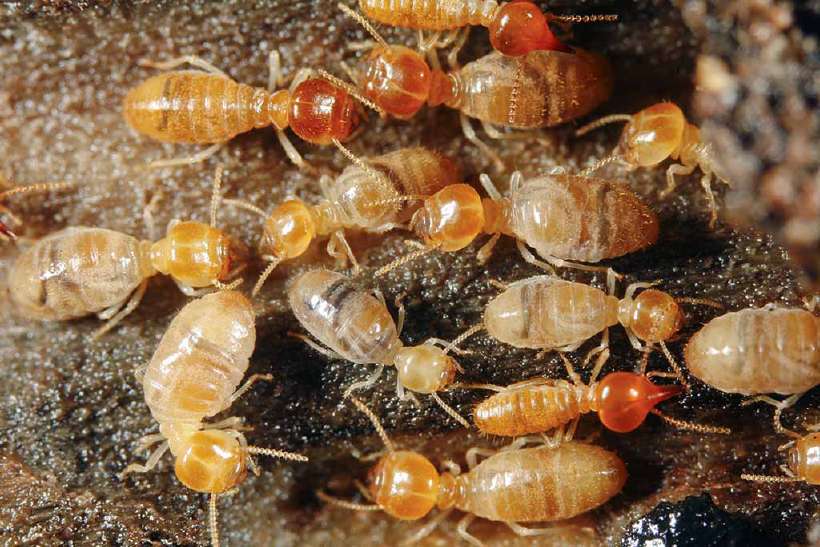Paris is Bugged by Termites!
Home / Science for Kids / Planet Earth for Kids / Paris is Bugged by Termites!
Recently Parisians have been facing quite a bit of trouble; bookshop owners live in mortal terror of their precious books disintegrating, while owners of wooden houses are constantly worrying that their homes might collapse into a pile of rubble.
Strangely enough, the cause of all this problem is really teeny. In fact the culprit that has most of Paris, France, upset is able to squeeze through an opening as small as 1/32 of an inch! Not so terrifying after all, but then these creatures live in gigantic colonies – consisting of more than a million members and love munching on wood and paper.
![Paris is Bugged! [Illustration by Shiju George]](/media/earth-96_1_hu69afb78442cb3b81b6fb39f69db3b626_17492_820x0_resize_q60_box.gif)
Yes, these havoc-causing critters are the common termites. It is estimated that these bugs have now conquered two thirds of the city and the number of termite-infested houses is put at between 1,500 and 2,000. Besides, many of the city’s trees, wooden buildings, and in particular bookshops, are at great risk.
Termites have been around for over 250 million years and although they look similar to ants, these insects are more closely related to cockroaches. Unlike the common cockroach, termites lead more complicated lives and have an extended social set-up earning them the nickname, “social cockroaches.”
Termites live in colonies or termitaries. These range in size from several hundred to several million individual members. A single colony consists of workers, soldiers and the reproductives (the termites that breed, of which the King and the Queen are the most important).
The workers build the nest and provide food for all colony members. The soldiers protect the colony, while the King and Queen ensure a constant supply of eggs.
In many species, egg production may approach 30,000 eggs per day. Termite Queens live up to 15-25 years and are capable of laying an egg every 15 seconds! Both the king and the queen are longer-lived than other termites, and the queens are larger than other members of their colony.
In certain tropical species, the queen grows to an enormous size, sometimes as much as 20,000 times the size of the worker.

Worker termites are small, creamy white insects and these are the termites that nibble pages and bore through wood. Incredible as this may sound worker termites never sleep and work 24 hours a day.
Phew! Of the 2000 known species of termites, most are distributed in tropical countries and all have soldiers with greatly enlarged heads. The soldiers of certain species have with huge jaws for defence of the colony while in some species, the soldiers have long snouts, from which they eject a poisonous substance to kill enemies.
The reproductives are dark-colored males and females with fully developed wings. At maturity, they leave the parental nest to mate. A new colony is established by the male and female who then become the king and queen of that particular colony.
The common termites, found in households and buildings, build nests on the ground and construct mud tubes along foundation walls in order to attack nearby objects. These insects can enter buildings through cracks, microscopic gaps between brick and through pipes.
So if you have not termite-proofed your wood, look out for mud or sand lining your doors or walls and prepare yourself for an invasion of paper snatchers for termites can destroy all paper and riddle your woodwork until it looks like a sieve.
568 words |
5 minutes
Readability:
Grade 8 (13-14 year old children)
Based on Flesch–Kincaid readability scores
Filed under: planet earth
Tags: #paris, #insects, #colony, #colonies, #queen, #soldiers, #cockroaches, #termite
You may also be interested in these:
Which Insects Live the Longest?
The Tiny World of Ants
Roach Sense
The Wonderful World of Insects
The King who Played Marbles